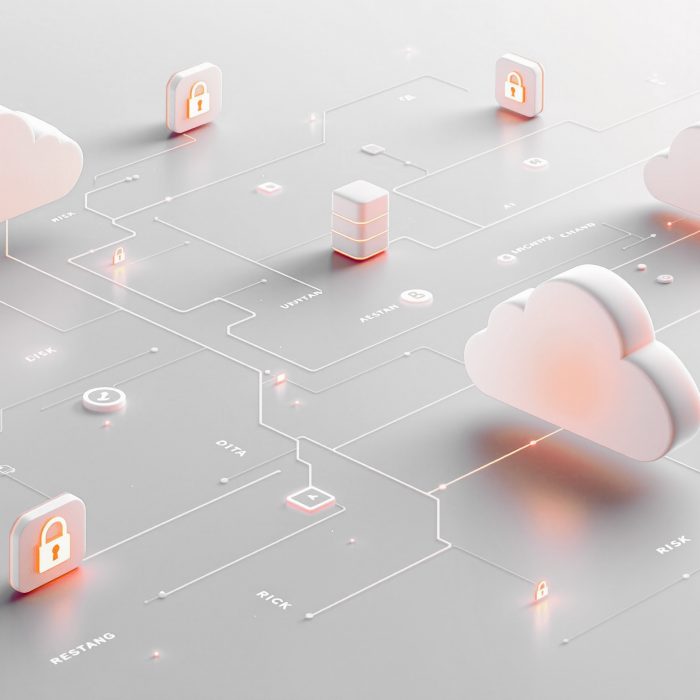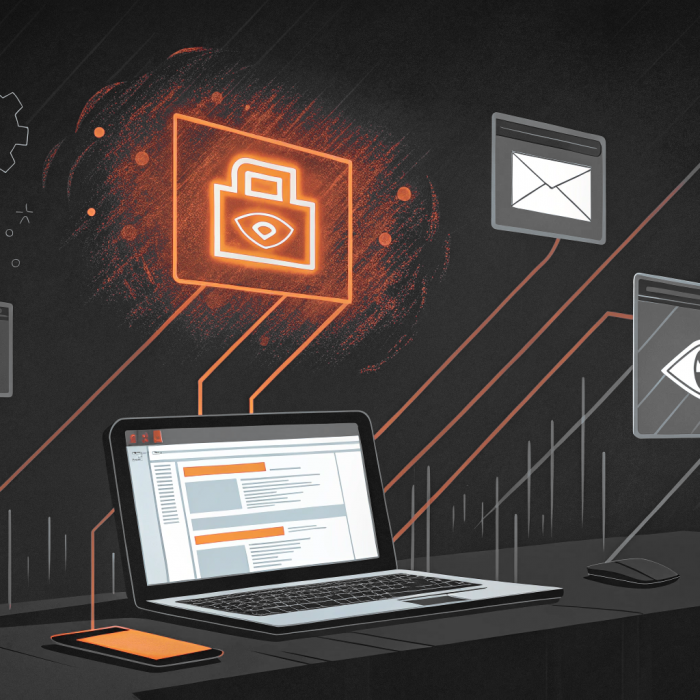First off, let’s Define Nitro Boost.
In motorsports, ‘Nitro Boost’ is the process of temporarily injecting Nitrous Oxide (N2O) on command into the fuel mixture of a combustion engine, which allows fuel to burn at a much higher rate due to the addition of oxygen particles. This increases power and gives the engine a transient boost in performance above normal levels. It’s beneficial for brief speed boosts, yet detrimental to driver safety and the reliability of technical/mechanical motor performance.
How Does that Relate to IT?
Envision Local Admin Rights as the Nitro Boost in a high-speed motorsport. While it offers a notable speed advantage, not every driver uses it responsibly, potentially leading to crashes and chaos on the racetrack. This contributes to its current prohibition in many motorsports, including Formula 1, and its restriction in others, such as drag racing.
Local Admin Rights (like nitro boost) provide users the ability to accelerate processes, install software, and navigate their digital environment at a faster pace. With admin rights, accomplishing tasks is very quick and productive for the end user. Yet, the security advantages obtained from controlling and sometimes eliminating local admin rights — particularly concerning malware — outweigh these benefits. Similarly, in F1 and other motorsports, avoiding any potential risk of accidents/technical failures by controlling the use of nitro kits, is worth more than allowing drivers to get the boost of speed it provides whenever they deem it necessary.
Below are some key benefits to controlling the use of ‘Nitro Boost’ in the IT world. These benefits prioritize ‘driver and car safety’ (i.e., user and endpoint/network safety) by providing protection from malware.
Prevent Malware Installation
Malware typically requires admin rights for installation, but for every endpoint within an organization with admin privileges, an open window is available for malware to enter and gain a foothold. Closing these vulnerabilities reduces the risk of unauthorized installations, as users typically need IT admin approval and credentials for file installation – rather than being able to install files on-demand.
Prevent Malware Operation
Admin rights are often required for malware to carry out its designated operations, such as tracking activity, encrypting files, exfiltrating sensitive information, and remotely controlling the infected device. Removing local admin rights on endpoints can prevent malware from being able to execute the tasks required for successful infection of IT systems.
Protect Networks
Malware on a device with admin rights has optimal control over that device and can access the wider network. The same way the use of uninhibited Nitro Boost in a single car can cause collisions and disrupt the entire racetrack, a single endpoint with elevated privileges can lead to the infiltration of others. Controlling the use of local admin rights can lessen the risk of malware disrupting the network after infiltrating a single device with elevated privileges.
Prevent Human Error
Humans are not 100% reliable all the time – not in IT, nor in motorsports. End users can occasionally fall victim to phishing and credential harvesting scams, which can result in malware accessing an endpoint. Lessen the fallout from human error by removing local admin rights and creating a chokehold around malware if it makes its way onto a device.
Prevent Hacking of Detection Systems
Malware on a device with local admin rights has optimal control over that device and can often disable detection and prevention measures such as antivirus software. If successful, malware can hide in the background and remain undetected for extended periods of time on the compromised system.
The Driver/End User Issue
It’s clear that removing the ‘Nitro Boost’ of the IT world is a must-do for the safety of devices and the wider network. However, simply revoking end users’ local admin rights can be challenging.
The same way a driver who’s lost their nitro kit might feel a lack of trust form their management team, end users may feel this within their organization after having admin privileges removed. Abilities they once had are gone, as is the speed and efficiency they used have available on-demand on their device.
This is where software solutions for effectively managing, monitoring, and controlling ‘Nitro Boost’ come into play.
The Solution: Endpoint Privilege Management
Unlike in motorsports, software solutions exist to make the transition from local admin rights to none a seamless experience for end users and IT admins alike.
With Admin By Request Endpoint Privileged Access Management (EPAM) solution, users’ local admin rights are revoked, however they can still request elevated privileges for single applications and gain elevated privileges on their machine for a temporary timeframe.
Malware is prevented from installing on devices with the help of 35+ antimalware engines comprising O{SWAT’s MetaDefender Cloud API, which scans all files before installation and flags them if malware is detected.
If malware does infiltrate a device, the Admin By request Auditlog tracks all elevated activity, highlighting suspicious behaviour and triggering alerts if malware attempts to infiltrate the wider network.
Although users no longer have ‘Nitro Boost’ capabilities, they are still able to work efficiently; but more importantly – securely.
Tying it All Together
Revisiting our analogy: Admin By Request is essentially the policy that controls and monitors the use of Nitro Boost in certain motorsports. Like a professional racer strategically using nitro at specific points in the race, end users can benefit from obtaining local admin rights only when necessary – and this should be done with a clear strategy, purpose, and in a controlled environment.
Successful racing is about balancing speed with safety. Similarly, organizations need to balance the need for efficiency with the importance of maintaining a secure IT environment.







